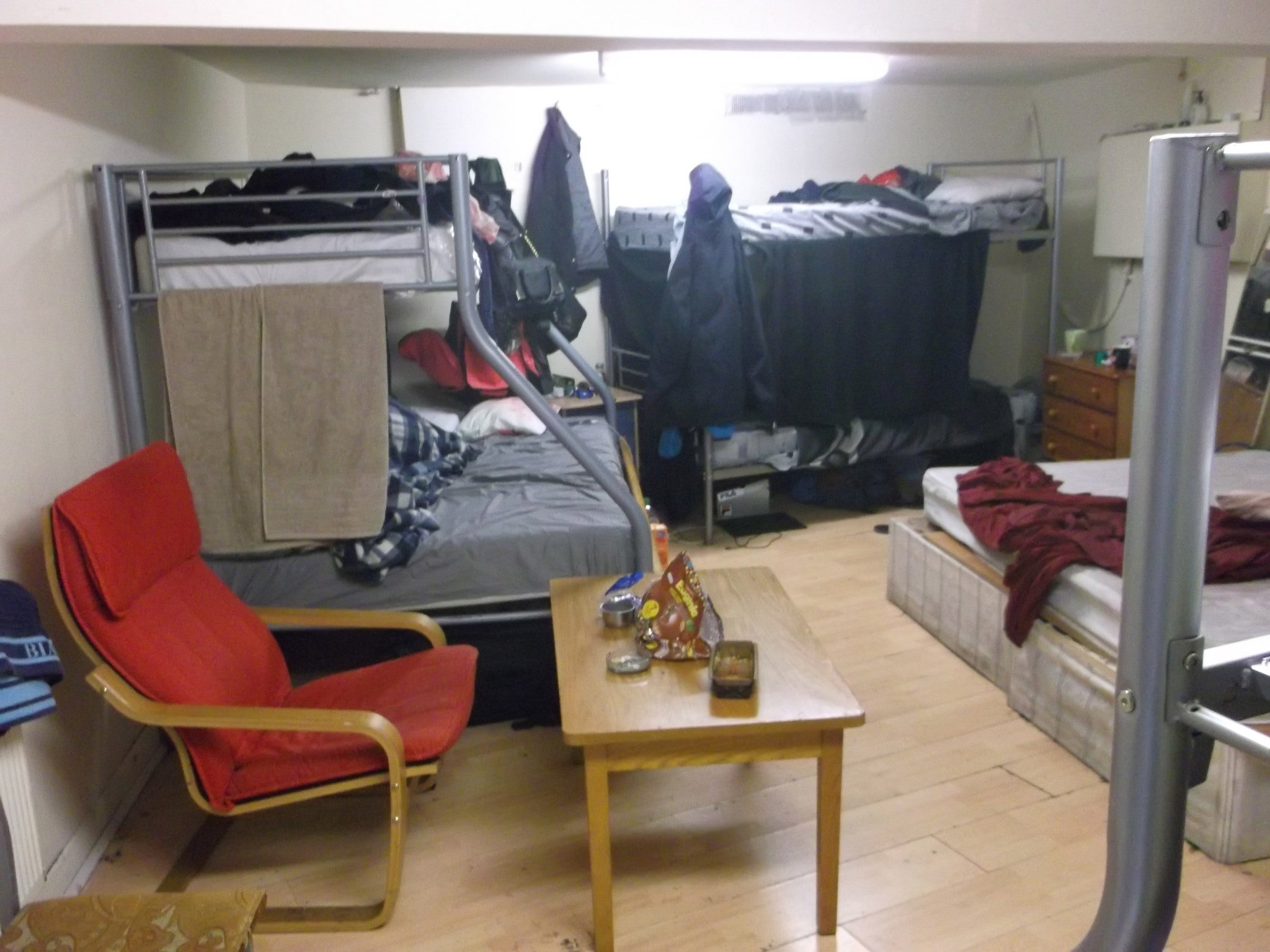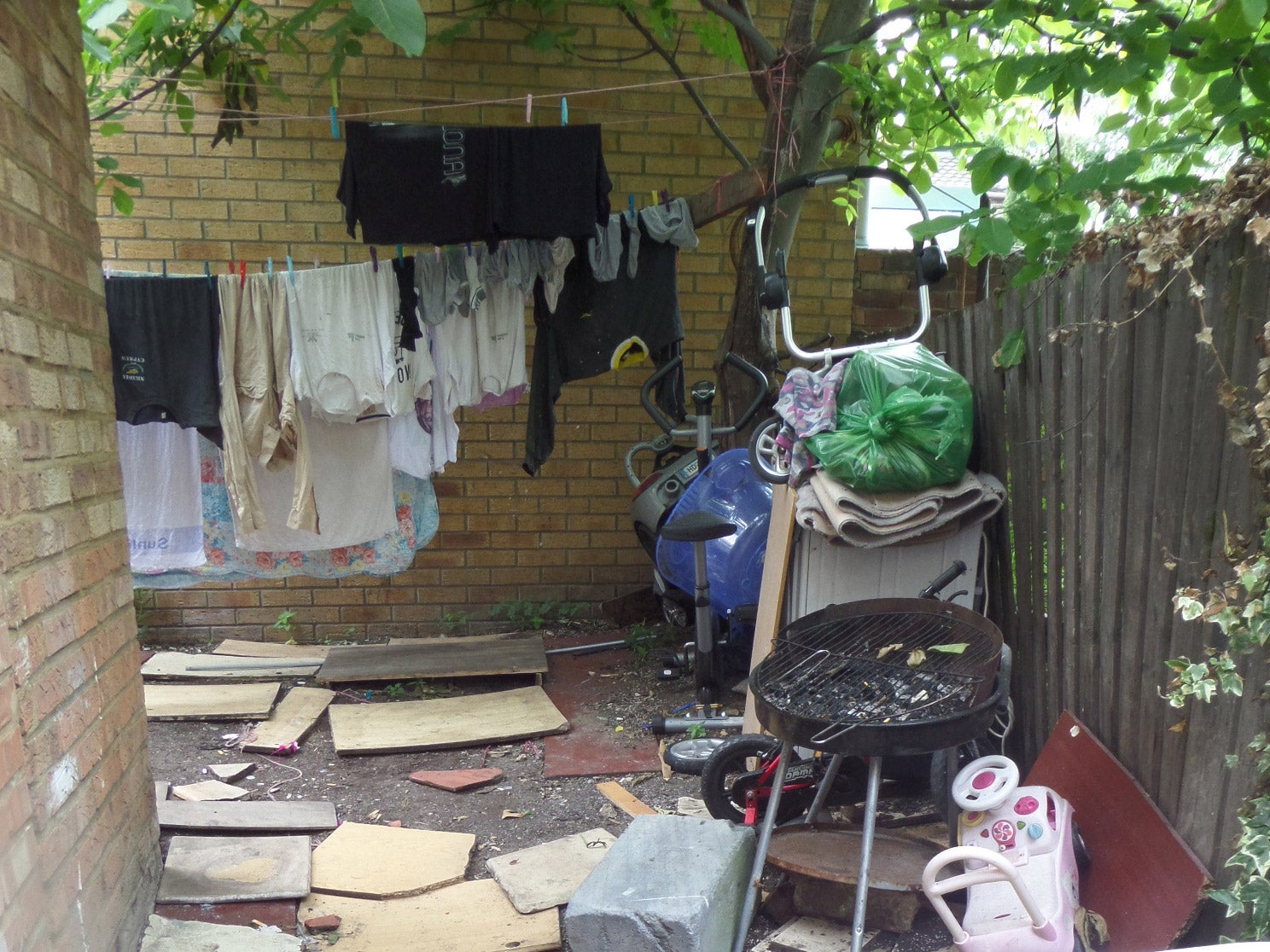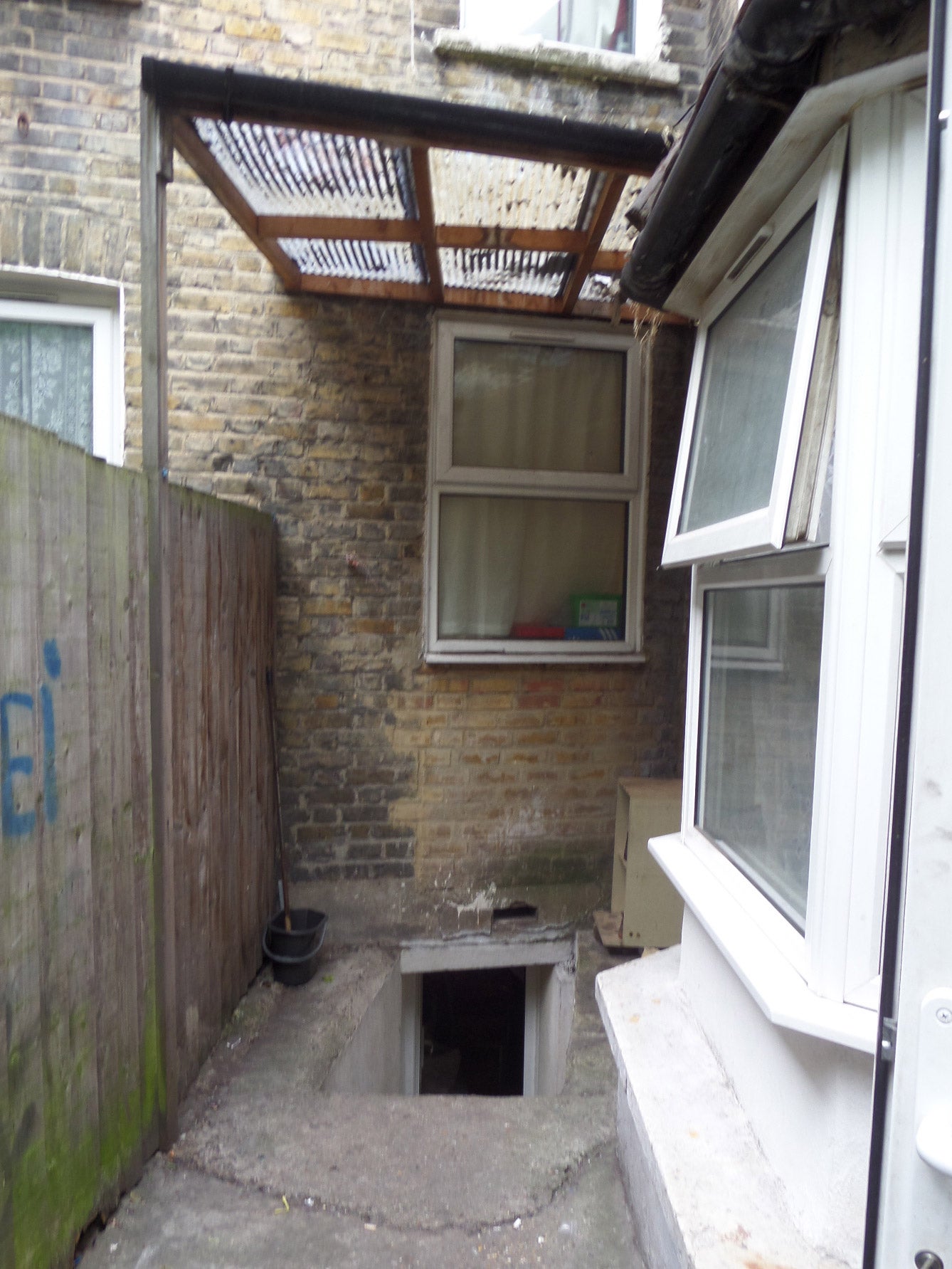26 people living in a three-bedroom house in east London have been found in a housing raid
The council had given the East Ham landlord an enforcement order in 2012 for suspected unlawful multiple occupancy

Your support helps us to tell the story
From reproductive rights to climate change to Big Tech, The Independent is on the ground when the story is developing. Whether it's investigating the financials of Elon Musk's pro-Trump PAC or producing our latest documentary, 'The A Word', which shines a light on the American women fighting for reproductive rights, we know how important it is to parse out the facts from the messaging.
At such a critical moment in US history, we need reporters on the ground. Your donation allows us to keep sending journalists to speak to both sides of the story.
The Independent is trusted by Americans across the entire political spectrum. And unlike many other quality news outlets, we choose not to lock Americans out of our reporting and analysis with paywalls. We believe quality journalism should be available to everyone, paid for by those who can afford it.
Your support makes all the difference.A house in East Ham was found with almost four times as many occupants as is legally allowed when Newham authorities searched the property.
The family home is licensed for up to seven people but was instead being rented out to 25 adults and a child. At least seven of the tenants were living in the basement, which had no windows or ventilation and was only accessible by concrete steps in the back garden.
During his speech to the Chartered Institute for Housing, Sir Robin Wales, Mayor of Newham said: "This property is a classic example of the type of exploitation of residents we strive to bring a stop to in Newham. 26 people living in a three-bedroom property is despicable in 21st century Britain – it’s Dickensian."
Sir Robin blamed the over-crowding case on the goverment's "failure to tackle the housing crisis" and said what is needed is to build more houses.
The council intends to prosecute the landlord who was taking at least £2,340 a month from the house’s occupants. They are suspected of several breaches of licence conditions, including failure to supply occupants with a tenancy agreement and failure to display landlord contact details in the property.
The same landlord was previously issued with a planning enforcement for use as a house of multiple occupation without planning permission. This case was closed after the council visited in May 2013 and found that there was one family living there at that time.

The house had been identified through a data warehouse system which collates information, including historic complaints and council tax details, to predict whether a property is being unlawfully used as a house of multiple occupancy.
The inspectors were let into the house by a resident. They found a man who lived in the ground floor front room with his partner and young daughter. The man indicated that there were three or four other "families" he was not related to living there and in total it was indicated that 26 people were thought to live in the house, including seven people in the basement. The council found 16 bed spaces, but were unable to access two rooms.
Information from the tenants indicated they were paying varying rents. The family in the front ground floor were paying £180 a week, and the occupants of the basement were paying £20 a week.

A further inspection is being carried out at the property today, 25 June to address suspected hazards such as electrical faults and broken toilet facilities.
The landlord will be given a set period to respond to the issues raised by this visit and if they fail to make changes to the property, an improvement notice will be issued and a prosecution could be pursued.
After the first visit on 19 June, the council reopened the enforcement case andnow intends to proceed with a prosecution for breach of an enforcement notice.
Newham was the first local authority to introduce borough-wide licensing of private rented properties and has since banned 25 landlords from operating in the area. The borough is at the forefront of the housing crisis and has the highest level of overcrowding in the UK. According to research by Shelter, about 50 per cent of privately rented housing is overcrowded and around a quarter of the borough’s 100,000 tenants live in a property that is too small for them.
Join our commenting forum
Join thought-provoking conversations, follow other Independent readers and see their replies
Comments